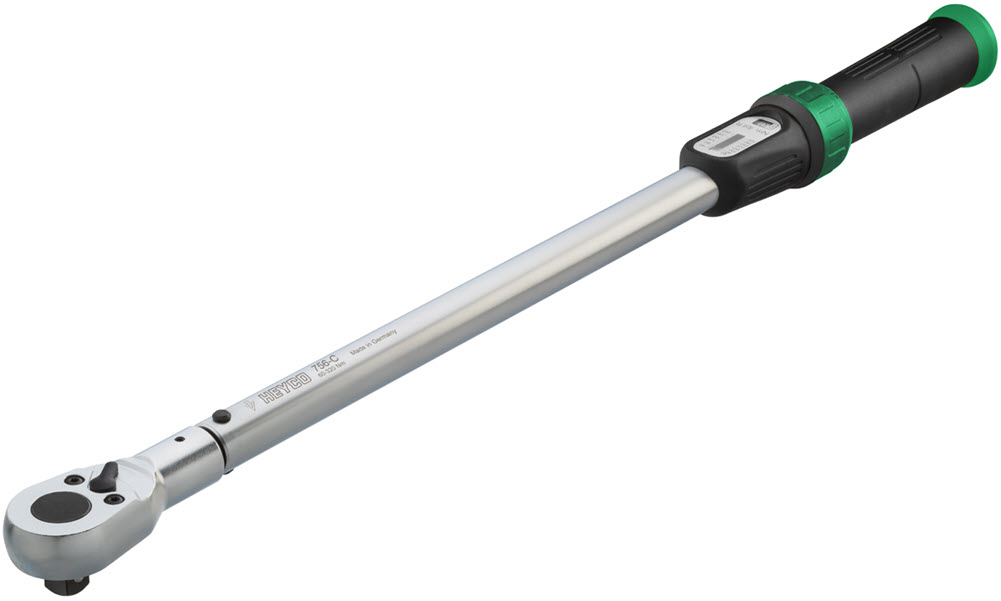A torque wrench is a precision tool used to apply a specific amount of torque to a fastener such as a nut or bolt. Whether you are working on an engine, assembling machinery, or maintaining equipment, accuracy is crucial. Over time, however, even the most reliable torque wrench can lose calibration, leading to under- or over-tightening. This can result in mechanical failure, damage, or safety hazards.
That’s why torque wrench calibration is essential for anyone who relies on accurate fastening in their work. This article explains why calibration matters, how to check your torque wrench, and the correct process for recalibrating it.
Understanding Torque Wrench Calibration
Torque wrench calibration is the process of verifying and adjusting the tool so that its readings match the true torque being applied. Manufacturers typically recommend having a torque wrench calibrated at least once a year, or more frequently if it is used heavily or subjected to rough handling.
There are several factors that can cause a torque wrench to drift out of calibration:
- Frequent use: Regular tightening and loosening can gradually affect the internal mechanisms.
- Overloading: Applying torque beyond the wrench’s rated capacity can cause permanent damage.
- Improper storage: Leaving a click-type torque wrench set at a high torque setting for long periods can weaken the internal spring.
- Environmental conditions: Excessive heat, cold, or moisture can affect accuracy.
Maintaining calibration is particularly important in industries such as automotive repair, aerospace, and manufacturing, where incorrect torque settings can have serious safety and performance implications.
How to Check if Your Torque Wrench Needs Calibration
Before performing torque wrench calibration, you should determine whether your tool is still accurate. A basic check can be carried out using the following method:
- Secure the wrench: Clamp the square drive in a bench vice with the handle horizontal.
- Measure the handle length: Measure from the centre of the drive to the point where you will apply force.
- Hang a known weight: Attach a weight to the handle using a piece of string, positioned exactly at the measured point.
- Calculate the torque: Multiply the weight’s mass (in kilograms) by 9.81 (gravity) and then by the handle length (in metres) to get the torque in newton-metres.
- Compare the results: Set the wrench to that torque value and check if it clicks at the correct point.
If there is a noticeable difference between the wrench’s setting and the actual torque applied, recalibration is necessary.
Step-by-Step Guide to Torque Wrench Calibration
If you have access to professional calibration equipment, you can recalibrate your wrench yourself. However, for the most accurate results, especially in safety-critical work, it is best to use a certified calibration service.
For those performing the process in-house, here’s a simplified method:
1. Gather Your Tools
You will need:
- A calibration rig or a secure bench vice.
- Calibrated weights.
- Measuring tape.
- Calculator for torque conversion.
2. Set the Wrench
Choose a torque value within the middle range of your wrench’s capacity, calibration should not be tested at only one point but at several settings across its range.
3. Apply and Measure
Attach the wrench to the calibration setup and apply force until it clicks. Record the actual torque value measured by the rig and compare it to the wrench’s setting.
4. Adjust the Wrench
Many torque wrenches have an internal adjustment mechanism, often accessible by removing a cap at the handle end. Turning the screw or nut inside will increase or decrease the tension on the internal spring, adjusting the calibration. Make small adjustments and re-test until the readings match.
5. Test at Multiple Points
Check at various torque settings to ensure accuracy across the full range. Once satisfied, document the results and mark the wrench with the calibration date.
Best Practices for Maintaining Calibration
Even with perfect torque wrench calibration, poor handling can quickly throw your tool out of adjustment. Follow these tips to maintain accuracy:
- Always return a click-type wrench to its lowest setting before storage.
- Avoid dropping or striking the tool.
- Keep it clean and free from oil or dirt.
- Store it in a protective case away from extreme temperatures and humidity.
- Recheck calibration after any incident that could affect accuracy, such as a fall.
These practices not only preserve calibration but also extend the overall lifespan of your wrench.
Why Professional Calibration May Be Best
While it is possible to perform torque wrench calibration at home with the right equipment, many industries require ISO 17025 certification for compliance and safety records. Professional calibration services use highly precise instruments traceable to national measurement standards. They can also provide documentation that proves your tool meets required tolerances.
For businesses, this certification can be vital for audits, quality assurance, and liability protection.
Conclusion
Torque wrench calibration is a vital part of tool maintenance that ensures accuracy, safety, and reliability. By understanding how to check your wrench’s accuracy, performing careful recalibration when necessary, and following best practices for care, you can extend the life of your tool and maintain consistent results.
Whether you calibrate your torque wrench yourself or use a professional service, the investment in accuracy will pay off through safer operations, fewer mechanical failures, and greater confidence in your work.
